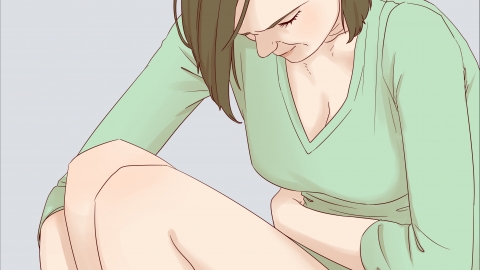How does gallbladder polyp cause pain?
Most gallbladder polyps do not cause significant pain, but some may trigger discomfort due to irritation from the polyp itself or coexisting conditions. Typical pain characteristics include dull right upper abdominal pain, postprandial bloating and pain, radiating pain, paroxysmal colicky pain, and dull pain accompanied by general discomfort. Specific details are as follows:

1. Dull right upper abdominal pain: The pain is usually located in the right upper abdomen, presenting as mild dull ache or distension. It is generally mild in intensity and often occurs after physical fatigue or emotional fluctuations. Symptoms typically subside with rest and are easily overlooked or mistaken for common abdominal discomfort.
2. Postprandial bloating and pain: After eating—especially fatty foods—the contraction of the gallbladder may irritate the polyp, causing bloating and pain in the right upper abdomen. The pain is usually short-lived, lasting 30 minutes to one hour, and subsides as digestion progresses.
3. Radiating pain: Pain may radiate from the right upper abdomen to surrounding areas. Common sites include the right shoulder, back, and beneath the shoulder blade; in rare cases, it may extend to the right flank. The radiating pain is typically described as aching or dull and may occur simultaneously with or shortly after the primary abdominal pain.
4. Paroxysmal colicky pain: If the polyp obstructs the cystic duct or is accompanied by cholecystitis, paroxysmal colicky pain may occur. This pain is severe and intolerable during episodes, often forcing patients to curl up to relieve discomfort. Episodes may last from several minutes to tens of minutes before resolving spontaneously.
5. Dull pain with associated discomfort: Pain may be accompanied by gastrointestinal symptoms such as nausea, belching, and bloating. These discomforts tend to worsen during pain episodes. Some patients may experience a slight decrease in appetite, likely related to impaired gallbladder function.
If symptoms suggestive of gallbladder polyp-related pain occur, prompt medical evaluation is recommended, including ultrasound imaging to confirm diagnosis. Regular follow-up examinations should be conducted as directed by a physician to monitor changes in polyp size, with timely intervention and treatment when necessary.












